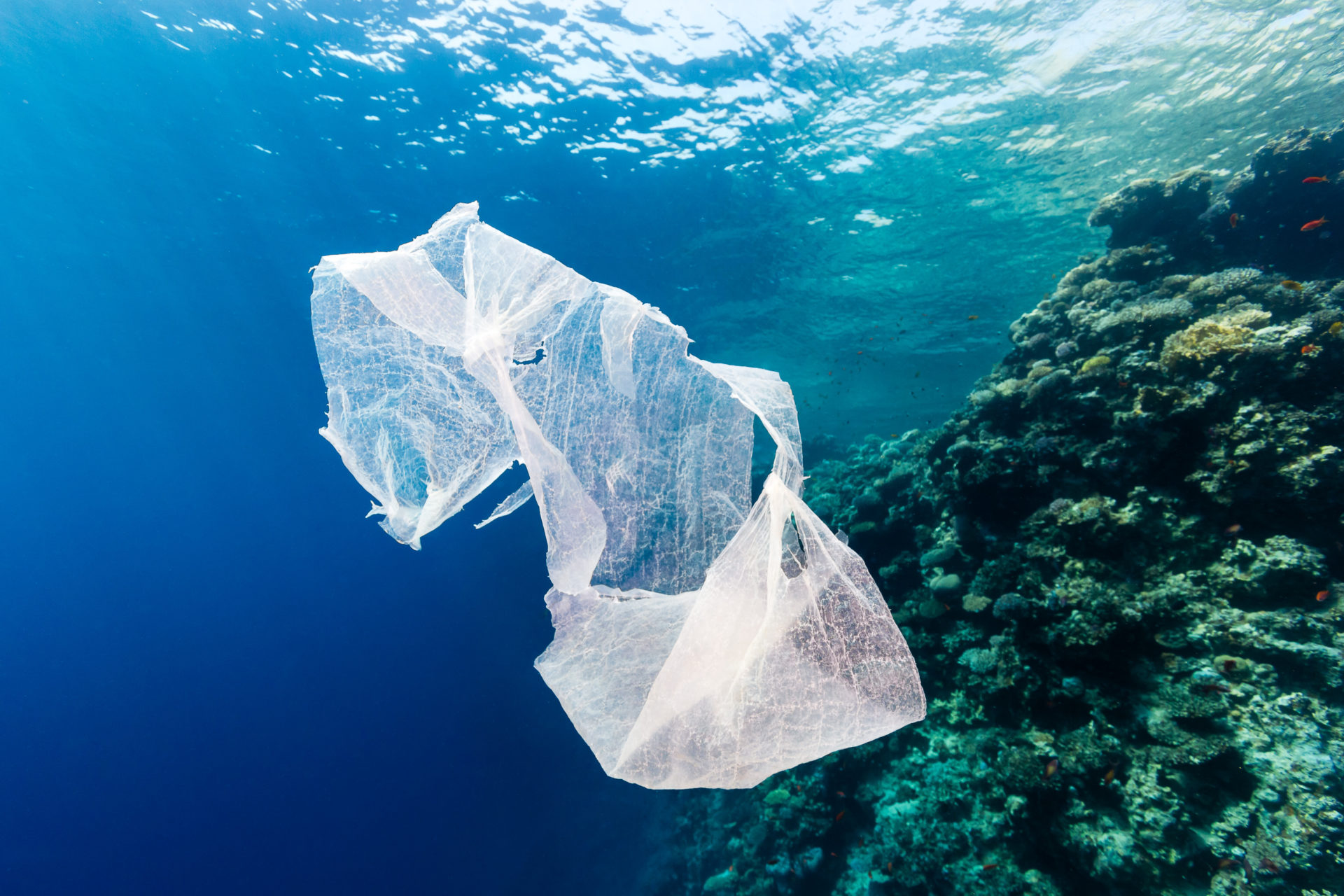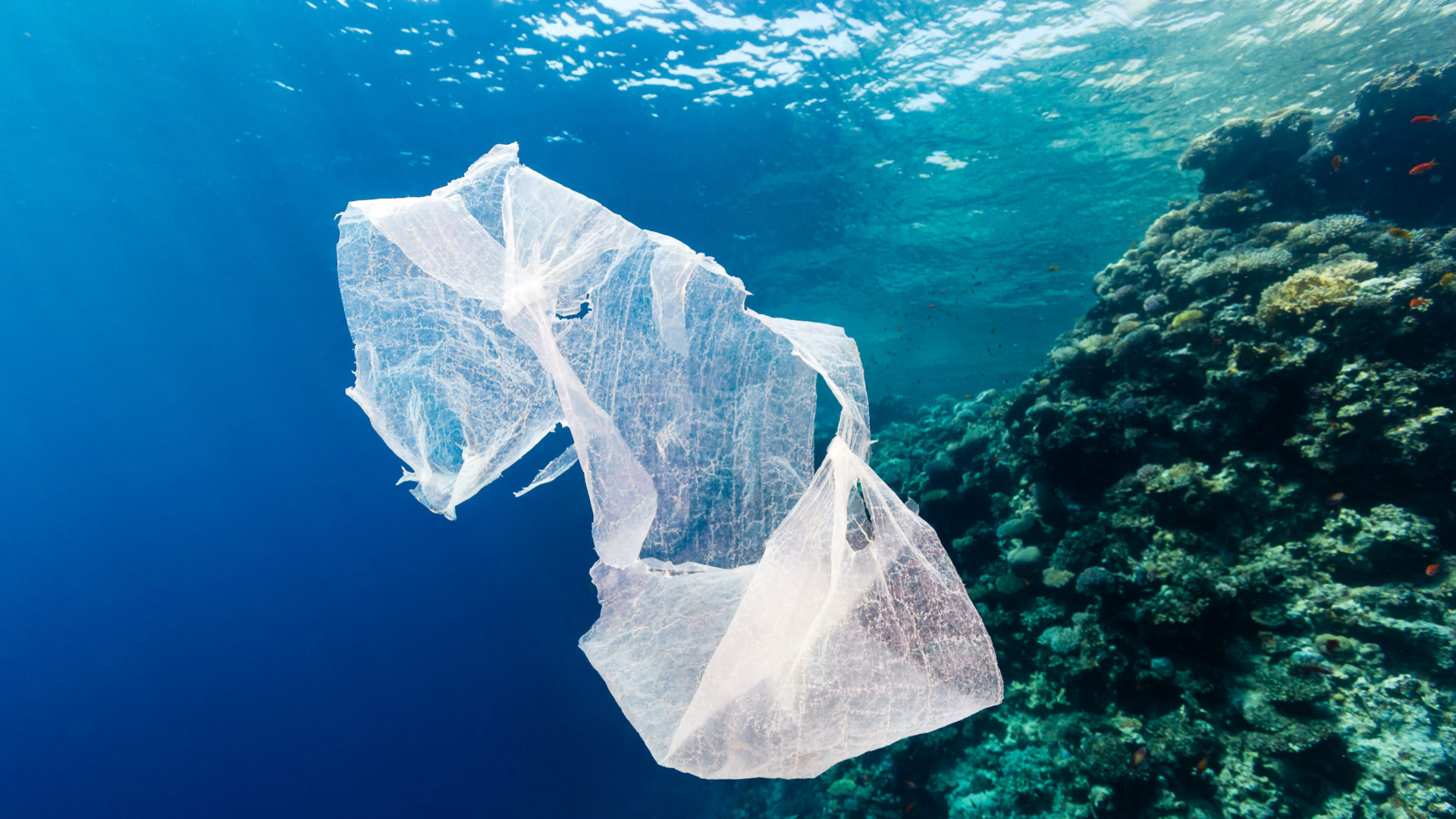
Plastic Free July is a global movement designed to help millions of people, worldwide, to become a part of the solution to plastic pollution. Over the past few years, people across the globe having been taking steps to reduce their consumption of single-use plastics – but there is always a little more we can do. So why not accept the challenge this month and see where else you can remove them from your life this month?
Of course, if you’re just starting out on your journey towards going plastic free, it’s also a great time to get started. And remember – we don’t need a handful of people going completely zero waste – we need billions of people doing what they can to help. So, don’t be overwhelmed by the prospect, and start small – because every tiny change adds up to make a huge difference to the broader impact on our Ocean.
But before we dive into the ‘how’, let’s first take a look at the ‘why’. Why exactly have single-use plastics become such a problem for the Ocean in recent years?
Well for starters, this modern, durable material has been adopted across the globe over the past few decades, transforming the way we live, work and play and becoming integral to our daily lives. Both functional and practical, plastics are now used in everything from water bottles and straws to clothing and even teabags – but although there is no denying it has brought a new level of convenience into our lives, it comes at a high cost to our Ocean.
A manmade material that is resistant to natural biodegradation, because much of it is unable to be recycled, a large proportion of it sadly ends up in landfill or as waste litter in our Ocean.
Although all plastics contribute to the issue, single-use varieties are particularly problematic. Popular everyday items such as drinks bottles, carrier bags, and the plastic trays that many supermarket items – such as meat, fish or fruit – come in are used only once before being thrown away – thus creating a huge volume of plastic waste that quite simply, has nowhere to go. The result? You’ve guessed it – it often ends up in our Ocean again, posing a threat to the marine life and habitats that reside beneath the waves.
So, how exactly does it get there? Well, despite what many people might think, the plastic you throw away can still make its way into the Ocean even if you live hundreds of miles from the coast. Once in there, it decomposes very slowly, breaking down into tiny pieces known as micro plastics that can be unwittingly ingested by sea life. When this occurs, animals’ stomachs can become filled with this indigestible matter and unable to eat – ultimately causing their sad demise.
80% of plastic in our Oceans comes from land sources. The plastic you put into your general waste bin doesn’t get recycled, but is instead transported to landfill, and plastic waste is often blown away on the journey because it’s so lightweight. From there, it can eventually enter drains, making its way down rivers and into the sea.
Litter that is dropped on the streets is carried into streams, rivers and drains by wind and rainwater – and all of these lead to the Ocean. Careless and improper waste disposal is also a big contributor – fly tipping, or illegal dumping of waste, only adds to the amount of plastic waste in our Ocean.
Products such as wet wipes, cotton pads and sanitary products are often flushed down the toilet – and all of them actually contain plastic. Wet wipes, in particular, are responsible for over 80% of so-called ‘fatbergs’ – huge masses of waste that collect to block our sewer systems and again, often end up in the Ocean.
Microfibres are even released into waterways when we wash our clothes in the washing machine, as they are too small to be filtered out by waste water plants and end up being consumed by small species that live in the Ocean, eventually even ending up in our food chain.
Thankfully, a ban on microbeads in rinse-off cosmetic and cleaning products has now been introduced by the UK Government, so that these small plastic beads will no longer get washed down the sink and out into our Ocean. Similarly, wet wipes can no longer be branded as ‘flushable’ if they contain any plastic.
Even so, there are still plenty of items which still DO get into our water systems – but the great news is that there are lots of simple things you can do to help.
How you can help
When it comes to reducing plastic pollution in our Ocean, we can all be a part of the solution – so why not use Plastic Free July as an excuse to take a look at your daily habits and see what simple changes you can make to help? It’s not easy going completely plastic free, but the good news is that you don’t have to – every little helps and will add up to create a big impact, so here are some small ways to get started.
Refuse!
Simply saying no to single use plastic items can help to reduce the amount of plastic entering the Ocean, and feeds back to plastic producers that it is not something people want or need.
Reduce!
See what changes you can make in your plastic use. Focus on a room at a time and see what changes you can make. For example, swap out a bottle of shampoo, conditioner or shower gel for its bar version.
Reuse!
If you have bought a plastic item, consider reusing it multiple time before disposing of it. Consider a reusable alternative to single use items, such as reusable straws, coffee cups, bags and bottles.
Recycle!
After going through the first three Rs, recycling is something that you can readily do at home. Check thoroughly what you can recycle at home with your local authority, and look at schemes such as Terracycle, which collect in local village halls, churches and schools to recycle things from crisp packets to pet food pouches.
And finally, avoid flushing anything down your toilet besides paper!
Join us this Plastic Free July and become part of the solution to plastic pollution!

